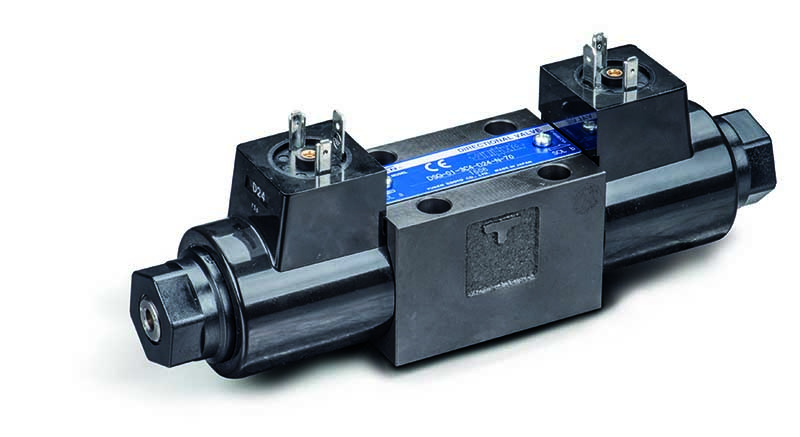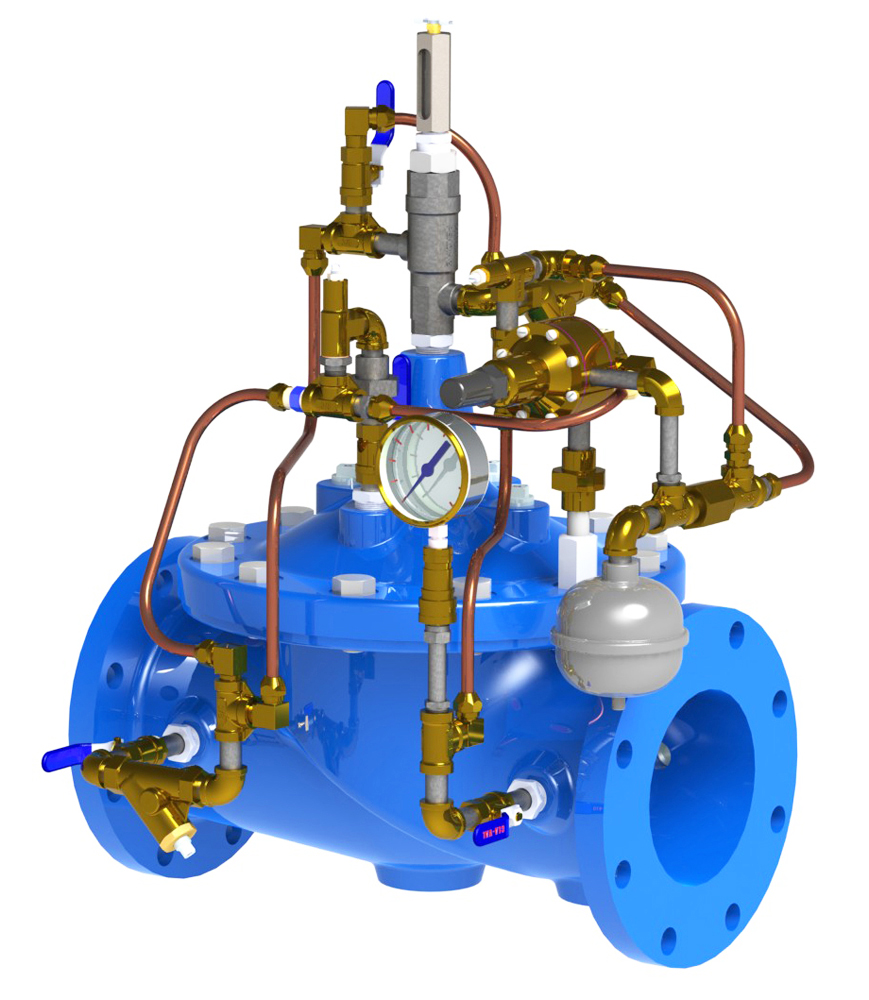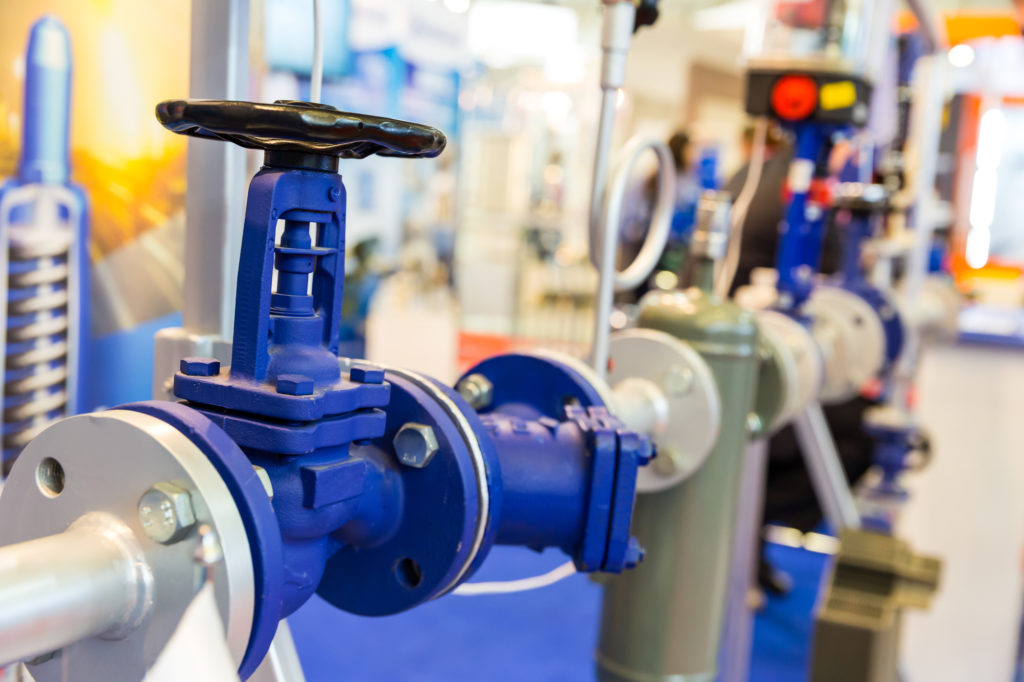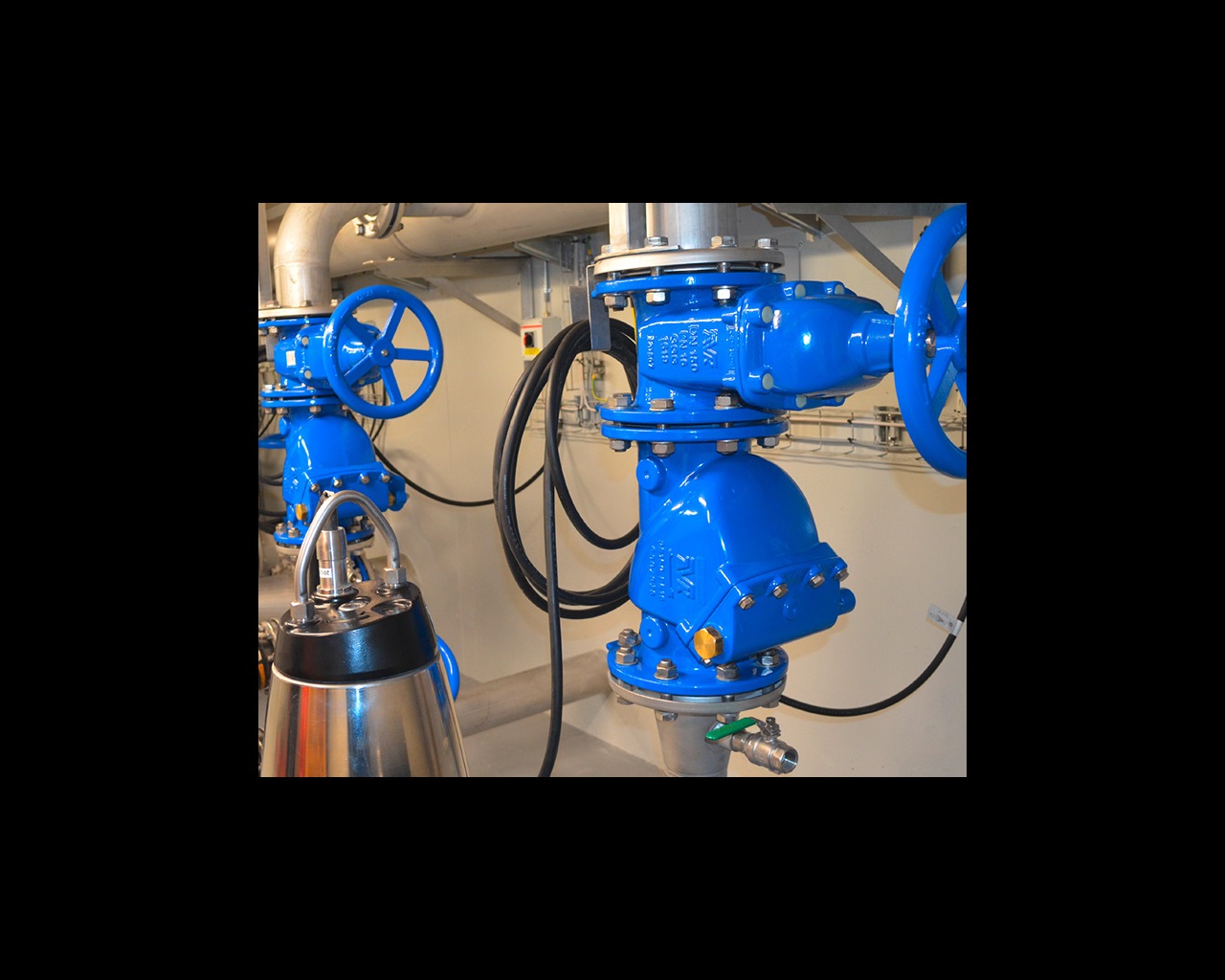Exploring the Dynamics: 4 Types of Control Valves in Hydraulic Systems
Hydraulic systems play a pivotal role in various industries, from manufacturing to aerospace. These systems rely on control valves to manage the flow of hydraulic fluid and regulate the performance of machinery. Understanding the different types of control valves is crucial for optimizing hydraulic system efficiency. In this article, we will delve into four distinct types of control valves commonly employed in hydraulic systems.

4 Types of Control Valves in Hydraulic Systems
1. Directional Control Valves
Directional control valves are the traffic directors of hydraulic systems, determining the path of fluid flow. They govern the direction of hydraulic fluid to and from different actuators, such as cylinders and motors. The two primary types of directional control valves are spool valves and poppet valves.

Spool Valves: These valves use a cylindrical mechanism, known as a spool, to control the flow of fluid. The spool is positioned inside a housing, and by adjusting its position, the flow direction is altered. Spool valves are known for their precise control and are often used in applications where accuracy is critical.
Poppet Valves: Poppet valves operate on a different principle. They use a disc, called a poppet, which is forced onto a valve seat to stop the flow. When the poppet is lifted, fluid can pass through. Poppet valves are valued for their simplicity and reliability, making them suitable for various hydraulic systems.
2.Pressure Control Valves
Maintaining optimal pressure is paramount in hydraulic systems to ensure efficient operation and prevent damage to components. Pressure control valves manage the system’s pressure by regulating the flow of hydraulic fluid. Two common types of pressure control valves are relief valves and reducing valves.

Relief Valves: These valves act as safety mechanisms, preventing excessive pressure within the system. When the pressure surpasses the set limit, the relief valve opens, allowing fluid to bypass and maintain a safe pressure level. Relief valves are crucial for protecting components from damage due to overpressure.
Reducing Valves: On the other hand, reducing valves are employed to maintain a constant reduced pressure in a branch of the hydraulic system. They ensure that downstream components receive fluid at a controlled and lower pressure, contributing to the overall stability and efficiency of the hydraulic system.
3. Flow Control Valves
Regulating fluid flow is crucial for maximizing the efficiency of hydraulic systems. The velocity of actuators, like cylinders, is controlled by flow control valves, which adjust the flow of hydraulic fluid. Throttle valves and proportional control valves are two notable varieties of flow control valves.

Throttle Valves: Throttle valves, also known as restrictive flow control valves, create a constriction in the hydraulic circuit, regulating the flow rate. By adjusting the valve opening, operators can control the speed of hydraulic actuators. Throttle valves are simple yet effective tools for managing flow in various hydraulic applications.
Proportional Control Valves: These valves offer a more advanced level of control by allowing operators to adjust the flow proportionally. The flow rate is precisely controlled in relation to the input signal, offering a high degree of accuracy. Proportional control valves are widely used in applications where precise control of speed and position is critical.
4. Check Valves
Check valves, though seemingly straightforward, are indispensable in hydraulic systems. Also known as one-way valves, they permit fluid flow in one direction and prevent it in the opposite direction. This prevents backflow, ensuring that hydraulic actuators operate smoothly and efficiently.

Ball Check Valves: Ball check valves use a spherical ball as the closing mechanism. When fluid attempts to flow in the reverse direction, the ball is forced against the seat, preventing backflow. Ball check valves are commonly used in applications where low resistance and quick response are crucial.
Swing Check Valves: These valves use a hinged disc as the closure mechanism. When fluid attempts to flow in the wrong direction, the disc swings shut, blocking the flow. Swing check valves are reliable and are often employed in applications with varying flow rates.
Conclusion
In summary, the effective functioning of hydraulic systems is significantly dependent on the careful choice and proper utilization of control valves. The four varieties examined – directional control valves, pressure control valves, flow control valves, and check valves – all contribute indispensably to guaranteeing the accuracy, safety, and dependability of hydraulic machinery. As technology advances, the integration of innovative control valve designs continues to enhance the performance and versatility of hydraulic systems across diverse industries. Understanding these valves’ functions and applications is vital for engineers, technicians, and operators working with hydraulic systems to harness their full potential.
READ MORE: WHAT IS BUTTON HEAD SCREWS , AND PROPERTIES , APPLICATIONS
READ MORE: How to start a new startup business on Deepawali 2023




